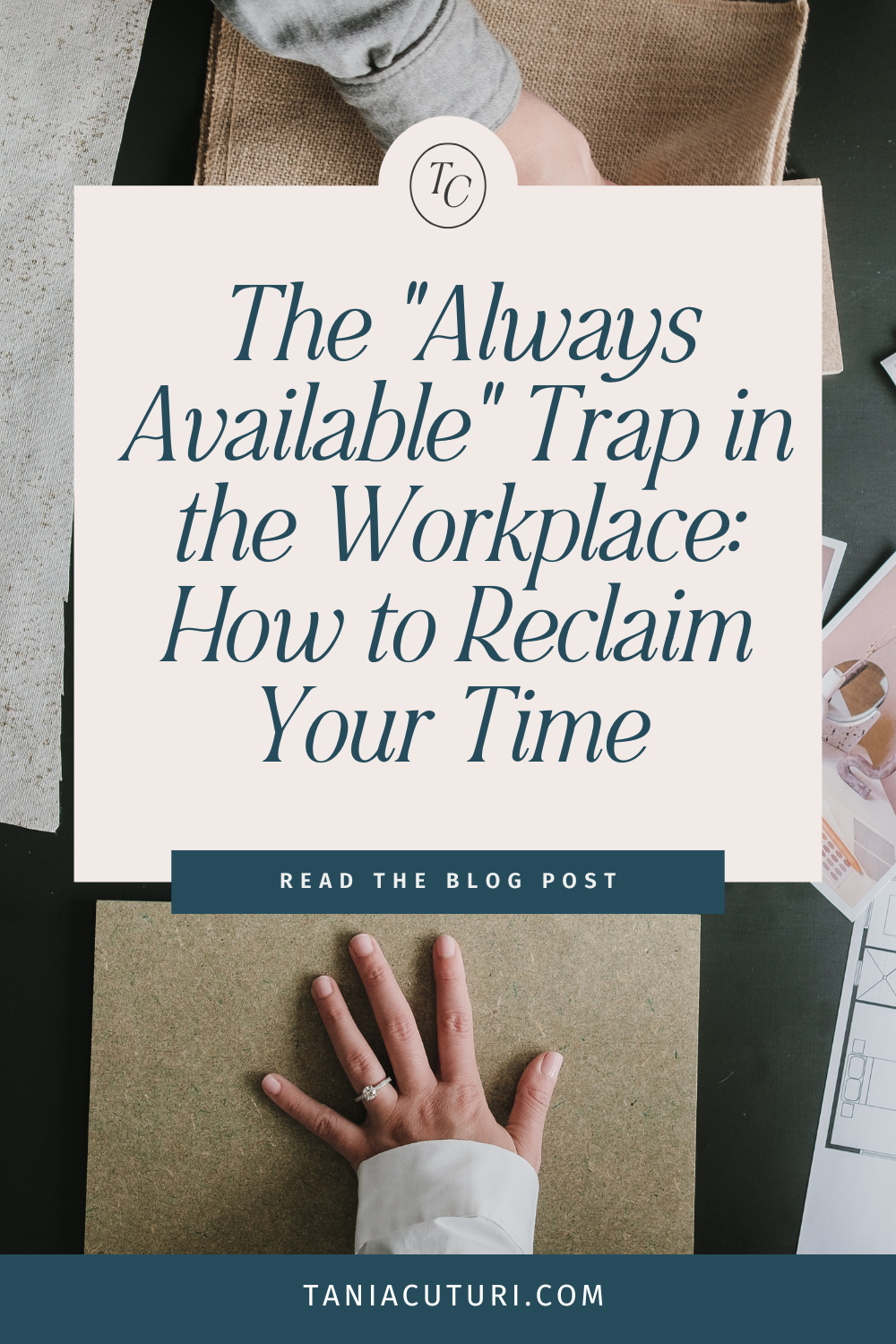How to Focus on What You Can Control (When It Feels Impossible)
14 Dec, 2024 | 6 min
When life feels overwhelming, we often hear the advice to “just focus on what you can control.” Sounds simple, doesn’t it? But in reality, when emotions are high and we’re navigating complex issues—whether in our personal lives or the larger world—this advice can feel incredibly difficult to follow. It’s like being told to “just think positive” when you’re feeling low or “look on the bright side” when everything feels dark.
There’s a reason why focusing on what you can control feels so hard, and it’s not because you’re doing something wrong. There’s a missing piece: how to move from feeling overwhelmed to feeling empowered to take action in a way that aligns with who you want to be.
Here’s a guide to help you bridge that gap and learn to focus on what you can control in a way that feels manageable, authentic, and meaningful.
Why “Focus on What You Can Control” Can Feel Impossible
When we’re triggered or upset by something outside of our control, we often experience strong emotional reactions—anger, frustration, helplessness—that make it hard to connect with a calm, logical perspective. For many of us, these reactions are tied to past wounds or unresolved feelings. If something feels unfair or makes us feel dismissed, it can stir up old hurts, making it harder to focus on what we can control.
Imagine a situation where you’re confronted with an issue you feel strongly about, perhaps something happening at work or in your relationships. You know, intellectually, that you should focus on your response rather than the situation itself. But it’s not that simple—those powerful emotions take over, and you’re left feeling stuck.
The first step here isn’t just to focus on what you can control, but to acknowledge and name the emotions that make it so difficult to get to that place of control.

Follow me on Instagram for more tips for working parents.
Step 1: Acknowledge and Name the Emotions
When we’re triggered, there’s often a powerful urge to react immediately—whether that’s by getting defensive, withdrawing, or simply feeling overwhelmed. Instead, take a moment to name the emotions you’re experiencing. Are you feeling angry, ashamed, or helpless? Are there multiple emotions at play? This step is essential because, until you understand what you’re truly feeling, it’s hard to move forward constructively.
In a recent session, a client shared a range of emotions that surfaced in response to a challenging situation. Naming her emotions helped her realize that beneath her frustration was a deeper sense of helplessness and sadness. This awareness allowed her to begin processing these feelings rather than reacting impulsively.
Action Step:
Next time you’re feeling overwhelmed, try writing down every emotion that comes to mind. Don’t judge or filter yourself—just acknowledge what you’re feeling. This simple practice can help you gain clarity and start to manage your response.
Step 2: Redefine “Focus on What You Can Control” by Focusing on How You Want to Respond + be remembered…
Once you’ve identified your emotions, shift your focus to a new question: Who do I want to be in this situation? This approach moves you from trying to control the situation to controlling how you show up. It’s a subtle but powerful shift that can empower you to take action in a way that feels authentic and purposeful.
For instance, maybe you’re navigating a difficult conversation at work or with a family member.
Ask yourself: How do I want to be remembered in this moment? Do I want to be assertive, calm, understanding, or direct? Redirecting your focus to how you want to respond rather than the details of the situation itself allows you to step into a place of empowerment.
Action Step:
Take a moment to visualize yourself responding in the way you want. Imagine the tone of voice you’ll use, the words you’ll choose, and how you’ll feel afterward. This visualization can help you prepare for the moment and stay true to your values when it matters most.
Step 3: Decide on One Small, Intentional Action You Can Take
One of the challenges with “focusing on what you can control” is that it feels vague. It’s easy to get stuck in the thinking phase without moving forward. To overcome this, pick one small, intentional action that aligns with who you want to be in this moment. This action doesn’t have to solve everything; it just needs to be something you can commit to that represents your values.
For example, if you’re passionate about a cause but feel helpless to make a difference, focus on educating someone who’s open to listening rather than engaging in arguments with those who aren’t. Or, if you’re overwhelmed at work, your small action might be as simple as blocking time on your calendar to prioritize a project that aligns with your goals.
By narrowing down to one meaningful action, you reclaim a sense of control and start building momentum. Each intentional choice, however small, reinforces your sense of agency and connects you to the person you want to be.
Action Step:
Identify one small action you can take today that aligns with your values. It could be as simple as a short conversation, setting a boundary, or dedicating 10 minutes to something that matters to you. Focus on taking that step, and let it be enough for today.
Are you a working parent struggling to find enough hours in the day?
This free Time Management Guide is here to help you take control of your schedule and achieve a healthier work-life balance.

Final Thoughts: Building Resilience Through Intentional Choices instead of Focus on What You Can Control
“Focus on what you can control” isn’t about ignoring the difficult emotions or pretending things don’t affect you.
It’s about acknowledging your feelings, clarifying who you want to be, and taking intentional steps that reflect your values. Over time, this practice builds resilience, allowing you to respond to life’s challenges with a stronger sense of self and purpose.
One way to shift your emotional response is to also focus on a positive thing that you can remember about the day or the person that is triggering you.
I do this before I wake the kids up. First, I hope they wake up in a good mood but then I know that this is not something I can really do anything about. What I can do something about is how I feel in the moment when I wake them up. We know that emotions can be contagious. If I feel a little demotivated or anxious, I try and focus on how this can be shifted. After acknowledging it, I will then think about something positive to say to my child when they wake: “I love how you were kind to your brother yesterday”. This has worked at times and changed the mood to positive/gains/ wins over the gap/ losses/ missing elements of the day…
So next time someone tells you to “focus on what you can control,” remember: it’s less about the effort of analysing what you can and cannot but the freedom to connect with your inner world and changing it. Basically… Own how you feel and do something about it so that the rest follows!
Share this blog on social!




Meet Tania!
With three energetic kids, I know what it’s like to have to juggle your career goals and desire to be a good parent. That’s why I’m so passionate about helping working mums manage your time in the best way, so you can spend quality time with your kids and still find the courage to go after what you want in life.

Break the Parenting Mold with Connection, Confidence, and Compassion
04 Oct, 2025
As parents, we all come into this journey with expectations: of ourselves, of our children, and of what family life “should” look like. But what happens when your child doesn’t quite fit the mold? When their behavior or way of communicating doesn’t line up with what you imagined, or what society tells you is “normal”?… Continue reading Break the Parenting Mold with Connection, Confidence, and Compassion

The Myth of “This Is the Only Path” for High-Performing Professionals
20 Sep, 2025
There’s a belief I see often in high-performing professionals, especially those working in fast-paced, competitive industries like finance, law, or tech. It’s the belief that “this is the only path” that you can take. One version of success. One way to move forward. And the only “good” choice is the one that keeps you on… Continue reading The Myth of “This Is the Only Path” for High-Performing Professionals

The “Always Available” Trap in the Workplace: How to Reclaim Your Time
06 Sep, 2025
There’s a kind of pressure that doesn’t always get talked about, but most of us feel it: The pressure to be “always available”. Especially in high-achieving work cultures, there’s this expectation (spoken or not) that you should respond quickly, drop what you’re doing, or stay late, just in case you’re needed. And if you don’t,… Continue reading The “Always Available” Trap in the Workplace: How to Reclaim Your Time







